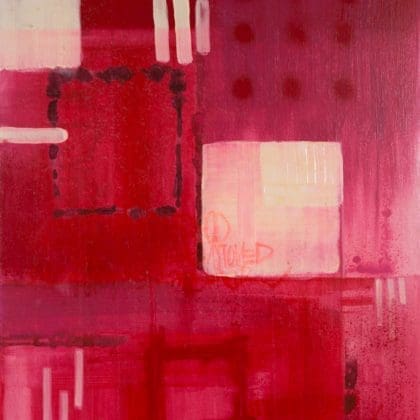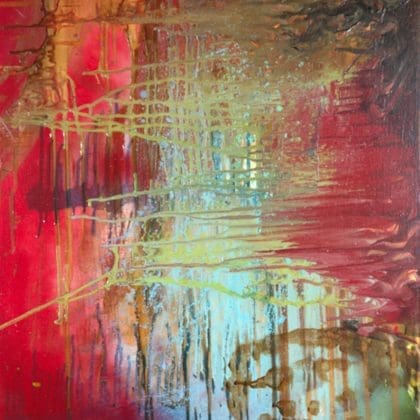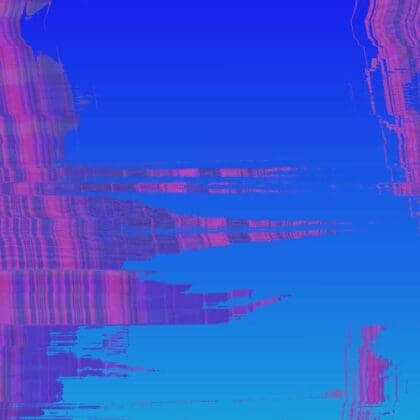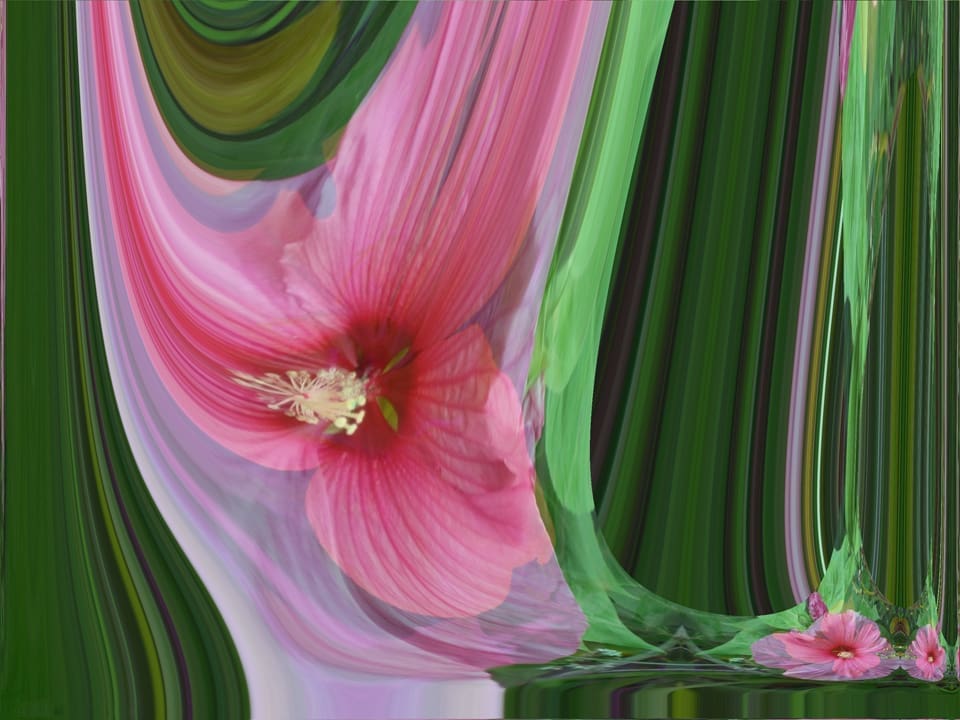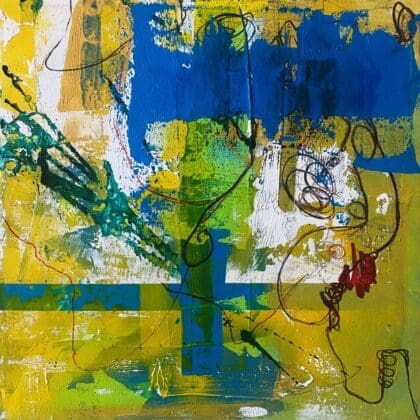NFTs (non-fungible tokens) exploded into the art world seemingly overnight. From digital artwork to collectibles, NFTs have created a new paradigm for buying, selling, and owning art. But with so much hype (and skepticism), many collectors are left wondering: “What does it really mean to own an NFT?”
Whether NFTs are here to stay or just a passing trend, there are a few important things you should know about ownership in this digital frontier. In this article, we’ll explore the key facts about NFT ownership and how it differs from traditional art investments.
1. What Exactly Do You Own When You Buy an NFT?
First things first—let’s clear up the confusion. When you purchase an NFT, what you actually own is a digital certificate of ownership that exists on a blockchain. This certificate is unique and verifiable, ensuring your ownership of that specific token. But what about the artwork itself?
Here’s the breakdown:
You Own the NFT, Not the Artwork: In most cases, the underlying artwork is hosted separately from the blockchain. The NFT is essentially a tokenized record of ownership, not the image or file itself.
Rights to Use: Buying an NFT typically grants you the right to display or resell it, but not necessarily any intellectual property (IP) rights. You may not have the legal ability to reproduce or profit from the artwork without permission from the artist.
Example: Imagine buying an NFT of a famous digital artwork. While you own the token that says you’re the owner, the image file may still be hosted on a server somewhere else, and the artist retains copyright unless otherwise specified.
2. Do NFTs Give You IP Rights?
One of the biggest misconceptions about NFTs is that buying one gives you full ownership of the intellectual property associated with the artwork. In reality, the artist usually retains the copyright unless explicitly stated otherwise in the terms of sale.
Here’s what to know about IP rights:
Check the Terms: Some artists or platforms offer limited commercial rights, like the ability to create merchandise from the artwork, while others only allow personal use.
License Agreements: NFTs can come with smart contracts that outline exactly what rights the buyer has. Always check the contract to understand what you’re buying beyond the token itself.
Pro Tip: Before purchasing an NFT, ask yourself, “Do I want to use this artwork commercially or just collect it?” This will guide you toward the right type of NFT based on its terms of use.
3. Storage: Where Is the Art Actually Stored?
Another thing to consider when buying an NFT is where the actual file (the artwork) is stored. Unlike traditional art, where you physically own the piece, most NFT artworks are stored off-chain on servers or decentralized networks.
Off-Chain Storage: The artwork file itself is usually too large to store directly on the blockchain, so it’s typically hosted on platforms like IPFS (InterPlanetary File System) or cloud servers.
Risks: If the platform hosting the artwork shuts down or the file is removed, you could lose access to the visual representation of the NFT, even though you still technically own the token.
Example: You buy an NFT that links to a JPEG file stored on a server. If that server goes offline or the hosting platform closes, the artwork might become inaccessible, even though your NFT still exists on the blockchain.
Pro Tip: Look for NFTs that use decentralized storage solutions like IPFS to reduce the risk of losing access to the art file.
4. What Happens If the Platform Shuts Down?
One of the advantages of NFTs is that ownership is tracked on the blockchain, an immutable ledger that doesn’t rely on any central authority. But what if the platform where you bought your NFT—like OpenSea or Foundation—shuts down?
Your NFT Is Still Safe: The blockchain (e.g., Ethereum, Solana) will continue to record your ownership of the NFT, even if the platform goes under.
Access to the Artwork: While you’ll still own the token, the artwork file might be harder to access if it was hosted on a platform-dependent server. This is why decentralized storage options like IPFS or Arweave are often preferred.
Pro Tip: When buying NFTs, always check how the artwork is stored and whether the hosting platform is decentralized to avoid losing access in case of a shutdown.
5. Resale Value and Royalties: What to Expect
NFTs have revolutionized the way artists earn royalties on resales. Many NFT smart contracts include clauses that ensure artists receive a percentage of every resale, which is not always the case with physical artworks.
Here’s what you should know about resale and royalties:
Smart Contracts: Royalties are often automated through smart contracts, meaning every time the NFT changes hands, the artist gets paid.
Resale Markets: Platforms like OpenSea and Rarible allow for easy reselling of NFTs, with the blockchain recording each transaction to maintain authenticity and ownership history.
Pro Tip: When purchasing NFTs as an investment, consider the resale potential and whether the artist’s royalties will impact your profits. Platforms usually outline these terms clearly.
6. What Are the Risks of Owning NFTs?
As with any investment, NFTs come with risks. While they offer a unique form of digital ownership, they also have uncertainties.
Volatile Market: The NFT market is relatively new and highly speculative. Prices can fluctuate dramatically based on trends, making it a risky investment if you’re looking for short-term gains.
Lack of Regulation: NFT markets are still largely unregulated, which means buyers have less protection than in traditional art markets.
Environmental Concerns: Some blockchains (like Ethereum) use energy-intensive processes to mint and transfer NFTs, raising ethical concerns about their environmental impact.
Pro Tip: Do your due diligence before investing in NFTs. Look for reputable platforms, understand the risks, and only invest what you’re willing to lose.
Conclusion: Ownership in the Digital Age
Whether NFTs become a permanent fixture of the art world or a short-lived phenomenon, they’ve already reshaped how we think about digital ownership. But remember, buying an NFT doesn’t always mean you own the actual artwork or its intellectual property. Instead, you hold a unique token tied to the blockchain, with varying rights depending on the artist and platform.
Now it’s your turn: If you’re serious about investing in NFTs, do your research. Check the terms, understand where the art is stored, and always know what kind of ownership rights you’re getting. NFTs are a fascinating new frontier in art collection, but it’s crucial to stay informed and protect your investment. Explore the NFT world wisely, and you could find yourself owning a piece of digital history!
